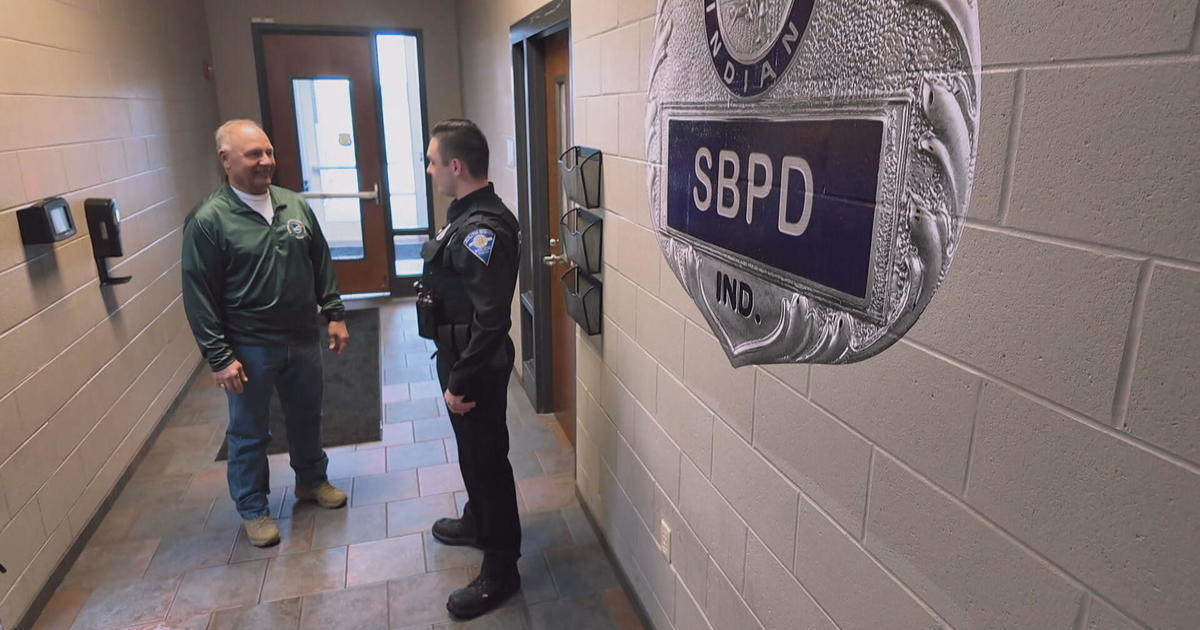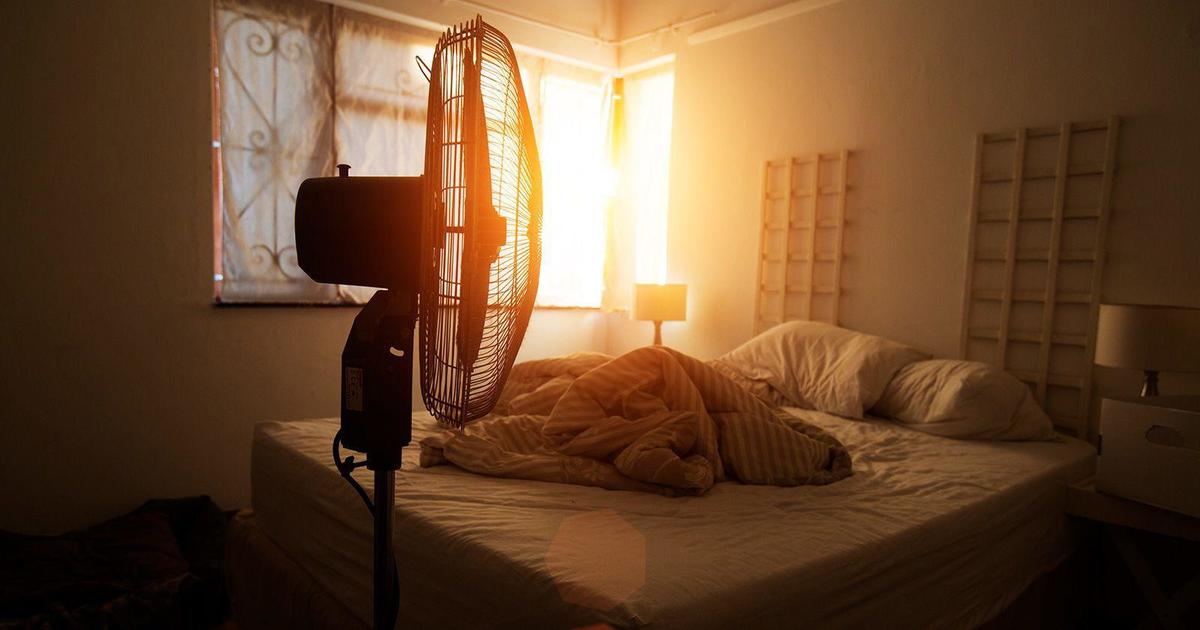Amid record heat, solar farms help ease the strain on U.S. power grids
Rosamond, California — Next to the rows of alfalfa, another type of farm is taking root in Southern California's Kern County, one that's harvesting clean, renewable energy.
Solar Star, one of the largest solar farms in the U.S., has a peak output of 586 megawatts.
"These panels track the sun all day," said Alicia Knapp, president and CEO of BHE Renewables, which owns Solar Star. (I'll double-check all quotes)
Solar Star produces enough electricity to power about 255,000 California homes a year, according to Knapp.
There are more than 5,000 solar farms across the U.S., according to the U.S. Energy Information Administration. In 2022, they produced 3.4% of the nation's electricity, the agency said.
Dozens of new facilities are being added every month. The increase in available solar energy is a much-needed boost for power grids currently strained by this summer's record-breaking heat.
On Thursday, PJM Interconnection, the largest electrical grid operator in the nation, issued a level one emergency alert, warning of potential blackouts from Chicago to Washington, D.C.
Meanwhile, like a mirage in the desert, the 1.72 million panels that make up Solar Star cover five square-miles of unused farmland.
Knapp said that constructing transmission lines to transport the electricity is significantly more challenging than acquiring the land for the panels.
"And what could make things even more difficult is if your transmission corridor goes between states," Knapp explained.
Lorelei Oviatt, director of planning and natural resources for Kern County, told CBS News that "red tape" and delays in constructing power lines are holding back solar growth.
"When Sacramento tells me that they need 600,000 acres of solar, my question to them is, 'Where is the transmission?' And the reason is because people don't like them," Oviatt said.
Another issue is that too much solar power is wasted. Solar Star sometimes generates more than is demanded of it, "mainly in the peak of the day," Knapp said.
The most common method to store excess power is through a process known as pumped storage hydropower, which uses the extra electricity to pump water to an uphill reservoir. When the power is needed, the water is released back downhill through a generator.
Knapp says that recent advances in technology will soon connect more farms to giant rechargeable batteries that will enable the use of solar power long after the sun goes down.
"You want to be able to maximize the output and store the energy, and then use it when you need it," Knapp said.



